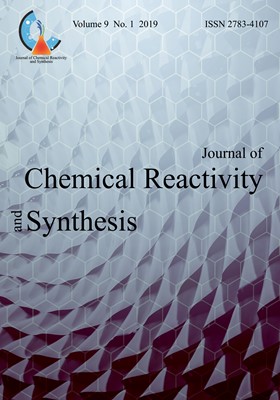-
-
List of Articles
-
Open Access Article
1 - SYNTHESIS AND ANTIMICROBIAL ACTIVITY OF 3-(2’-n-BUTYLBENZOFURAN-3’-YL)-5-ARYL-4, 5-DIHYDRO-1H-PYRAZOLES.
RAKESH P.N.ROSHAN D.M. PUROHIT SANDIP K.MATARIYA -
Open Access Article
2 - Efficient CeO2 nanoparticles catalysed for Synthesis of heterocyclic Bis(Indolyl) methanes under mild conditions
Vishvanath D. Patil Amruta Salve Vaishnav D. Gharat Nilesh Gawand -
Open Access Article
3 - NiBr2 Catalyst for the Oxidation of Alcohols and Aldehydes using NaClO: Kinetic Studies
Roya Ranjineh Khojasteh -
Open Access Article
4 - Calixarene Drug deleivery invistegation of Calixarene compounds with conection by histidine L and D stereochemistry
Hooriye Yahyaei Neda Hasanzadeh -
Open Access Article
5 - Solvent-free One Pot Biginelli Method for Synthesis of new Dihydropyrimidinone compounds
Masih Golkari -
Open Access Article
6 - Solvent Free Synthesis of tetra alkyl- phenyl-1H-pyrimido [4, 5-e][1,3,4]Thiadiazine-3,7-diamines
mohammad kazem mohammadi
-
The rights to this website are owned by the Raimag Press Management System.
Copyright © 2021-2025







